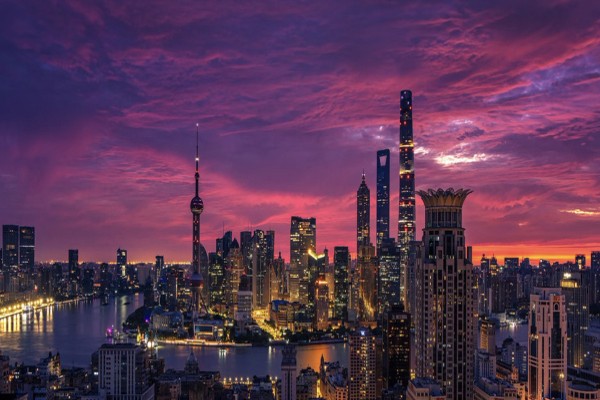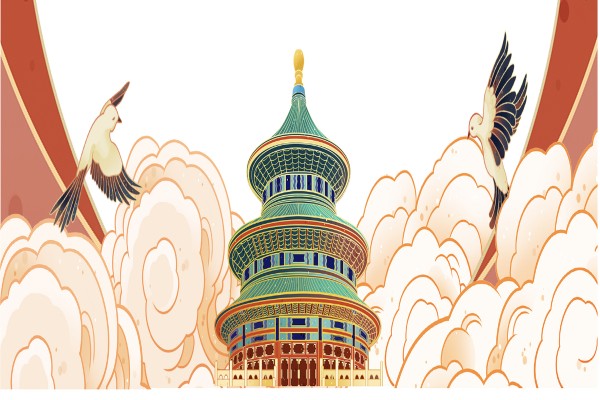Ultraman defeats AI generated copies
Recently, Guangzhou Internet Court released its judgement ruling in favor of a super IPR, Ultraman, victim of copyright infringement perpetrated by a generative AI (“GAI”) platform that created images substantially similar to the copyrighted work.
Herein brief details of the case.

Plaintiff
Shanghai Character License Administrative Co., Ltd. (上海新创华文化发展有限公司, exclusive licensee of Tsuburaya Productions, the IPR owner of Ultraman series IP)
Defendant
A generative art platform website, alias in the decision as “TAB”
Cause of Action
Copyright Infringement (Infringement against Right of Reproduction, Right of Adaptation, Right of Network Dissemination of Information)
Claim
-
An order that the defendant shall immediately stop generating infringing Ultraman images and remove the Ultraman materials involved from their training dataset, including the defendant shall take reasonable measures to prevent TAB from generating images that are identical or similar to the Ultraman works at issue.
-
An order that the defendant shall assume damage and reasonable cost for RMB 300,000 to the Plaintiff.
-
An order that the defendant shall assume all court fee in this case.
Court Decision
-
The Defendant shall immediately cease infringing on the copyright of Ultraman works from the date this judgment takes legal effect and shall take corresponding technical measures to prevent users from generating images that infringe on the copyright of the plaintiff during the provision of services.
-
The defendant shall assume damage for RMB 10,000 (including reasonable expenses) within ten days from the date of this judgment becoming legally effective.
-
Other claims of the Plaintiff shall be rejected
In short, the court found that the copyrighted work at issue enjoys high popularity and can be accessed, viewed, and downloaded on major video websites. In the absence of evidence to the contrary, there is a possibility for the defendant to have the access of the work.
In addition, the work generated on the platform has maintained entirely or partially the originality of Ultraman work, constituting substantial similarity with the works at issue. Therefore, the images generated on the platform have infringed upon the right of reproduction and right of adaptation of the copyrighted work.
What’s interesting here is that the court elaborated on the liability to be borne by the platform, and such elaboration highly rely on the Provisional Measures for the Administration of Generative Artificial Intelligence Services (hereinafter “Provisional Measures”).
1. Cease of Infringement
The Defendant argued that the platform is providing its service on images generated through a 3rd party service provider and therefore shall not be held liable for the infringement claim.
The court ruled that the Defendant shall be considered a GAI service provider, given Art 22.2 of the Provisional Measures regulated that "GAI service providers" refer to the organizations and individuals that provide GAI services (including providing GAI services by providing programmable interfaces or otherwise) by using GAI technologies.
In the meantime, the court also cited Art. 14, where it regulated that “Where any illegal content is found out, the Provider concerned shall timely take such handling measures as stopping the generation or transmission, or elimination, adopt measures such as model optimization training to make rectification, and report the case to the competent authority.” Hence the liability on cease of infringement falls on the Defendant.
During the trial, the court found that the Defendant has already used Keyword Filtering, stopping the users to use certain keywords to generate the image.
However, by adjusting slightly the keywords, Ultraman images can still be generated. In this sense, the court also stipulated the level of cessation that shall be done: users can use prompt words related to Ultraman normally and the images generated shall not be substantially similar to the Ultraman works involved in the case.
2. Damage
The court analyze that despite GAI has certain property of a tool, where it can be used legally and also illegally, however in present case, the Defendant has not performed reasonable diligence in performing the service as below:
a. A mechanism for complaint and report was not set up.
The court found that a mechanism for online complaint was not set up by the Defendant on the website, causing difficulty for the Plaintiff to make complaint.
The court also cited Art. 15 of the Provisional Measure, where it regulated that "A Provider shall establish a sound complaint and whistleblowing mechanism, set up convenient portals for complaints and whistleblowing, make public the handling process and time limit for feedback, timely accept and handle the public complaints and whistleblowing, and give feedback on the handling results."
b. No Risk Warning
The court found that the Defendant, as a service provider, did not remind the user through service agreements or other methods not to infringe on the copyright of others. The court believes the users of GAI services might lack clear awareness of the potential risk of infringement of others, especially copyright owners.
Therefore, GAI service providers have an obligation to remind users, including that users cannot use their services to infringe on the copyright of others.
c. No Prominent Markings
The court found that GAI service providers have an obligation to prominently mark the products they provide when they may cause confusion or misidentification among the public.[1][2]
After identification, the relevant rights holders can clearly recognize that the generated objects are generated by artificial intelligence, and then take more targeted and effective rights protection measures to better protect their rights.
Therefore, the obligation of identification is not only a respect for the public's right of knowledge, but also a protective obligation for rights holders. In this case, the defendant did not significantly mark the generated images at issue and did not fulfill the obligation of identification.
This decision would be a second jurisprudence regarding AI generated copyright vs copyright in China, where the first one was decided by Beijing Internet Court, ruling AI generative images can enjoy copyright, while the second was decided by Guangzhou Internet Court, ruling GAI service providers shall assume liability for copyright infringement.
The court also affirmed the following issues:
1. The cessation shall be done in a method that still allows the users to use the prompt words normally without generating contents infringing upon the copyrighted works.
2. Liability for damage claim shall be supported if the platform did not perform certain diligence, which includes:
a) a mechanism for online complaint;
b) warning users on the potential risk of infringement;
c) labeling the content as AI generated.


